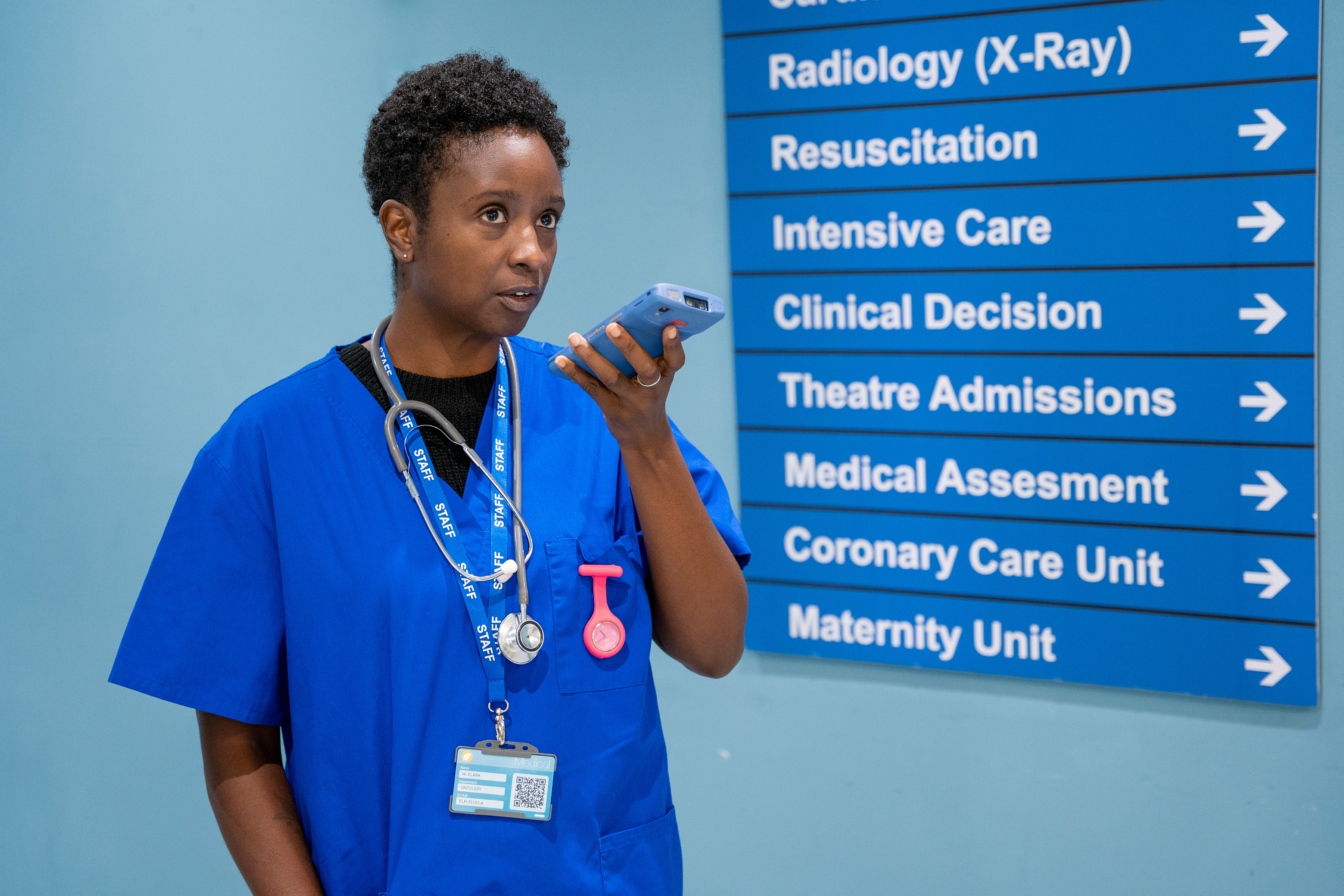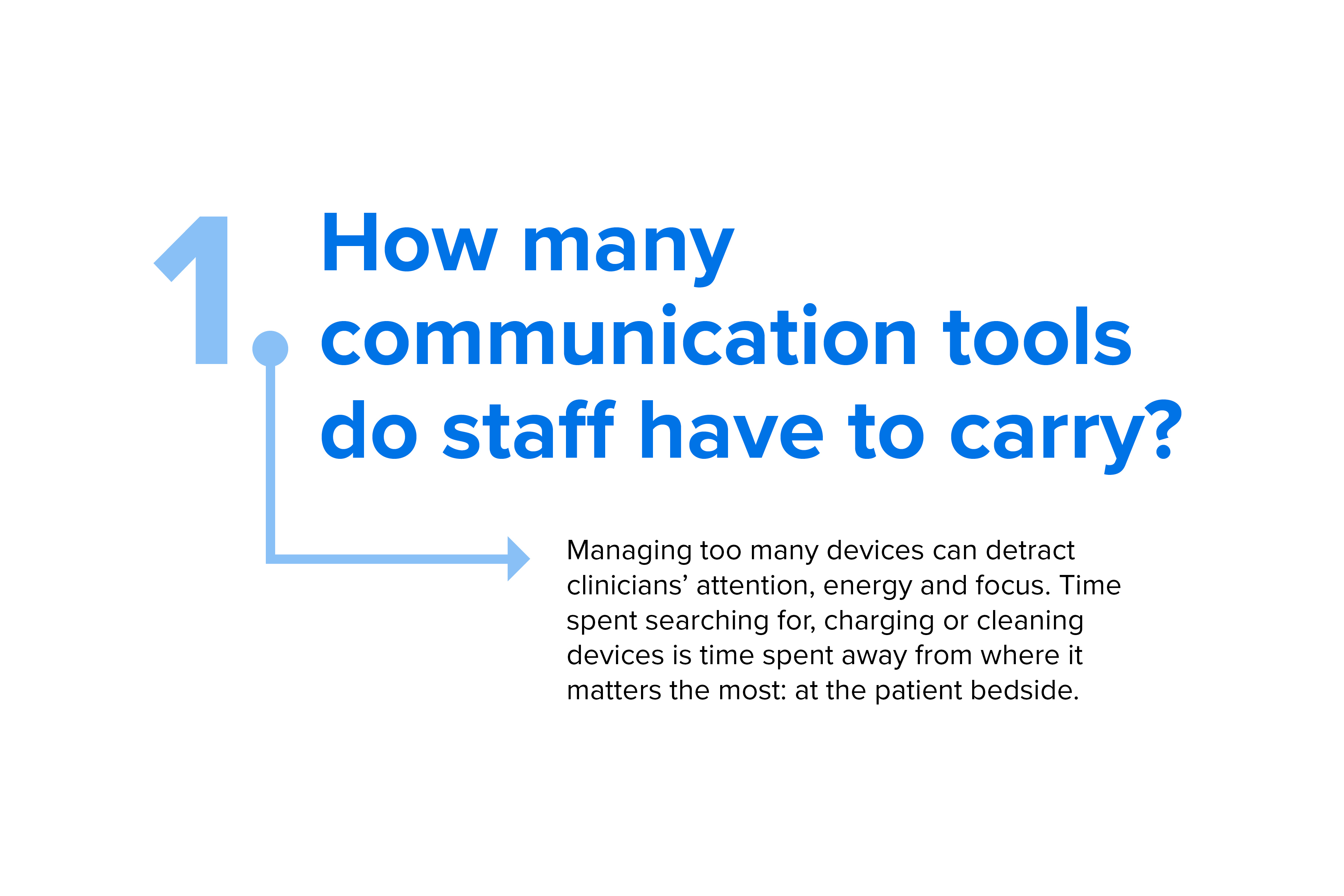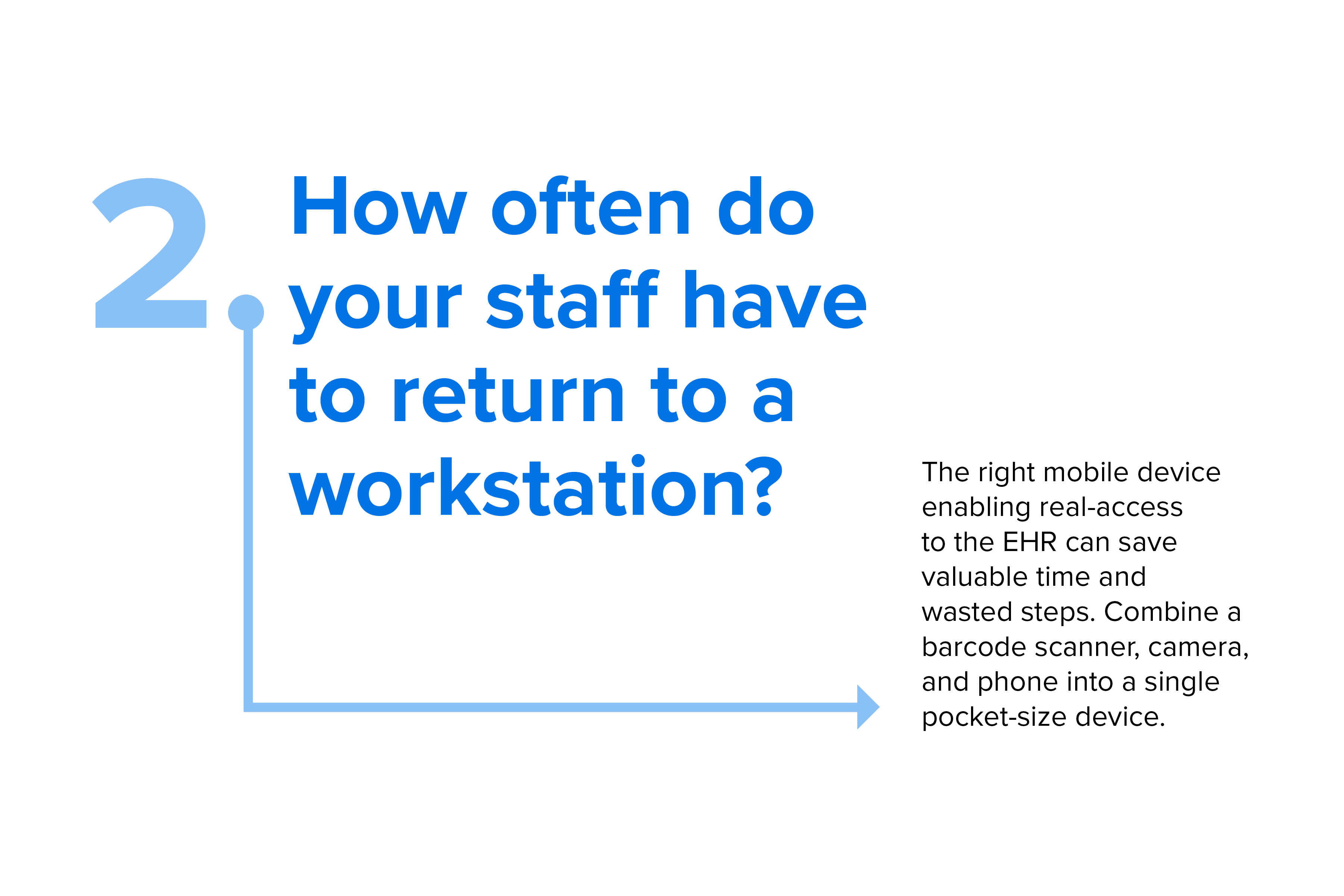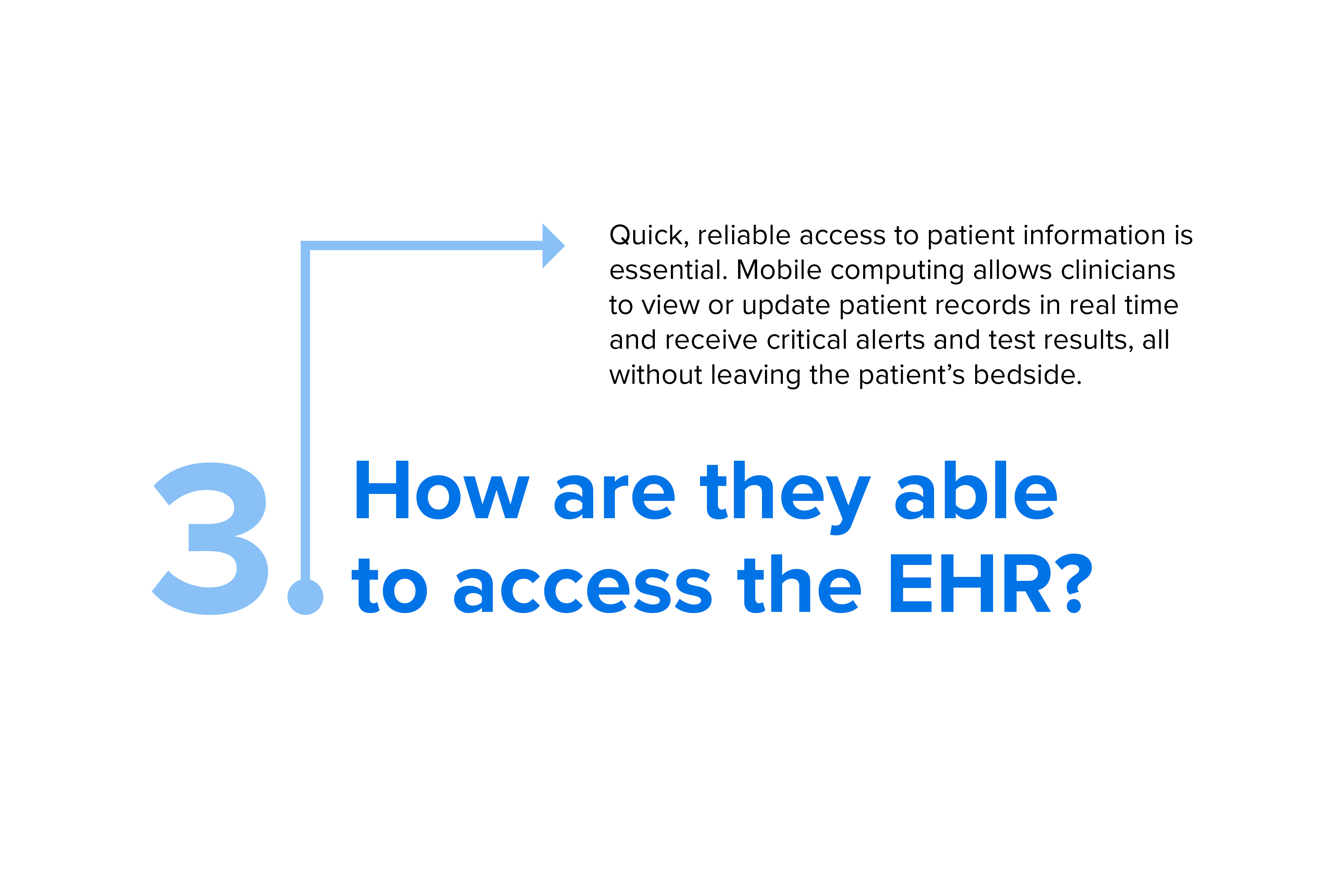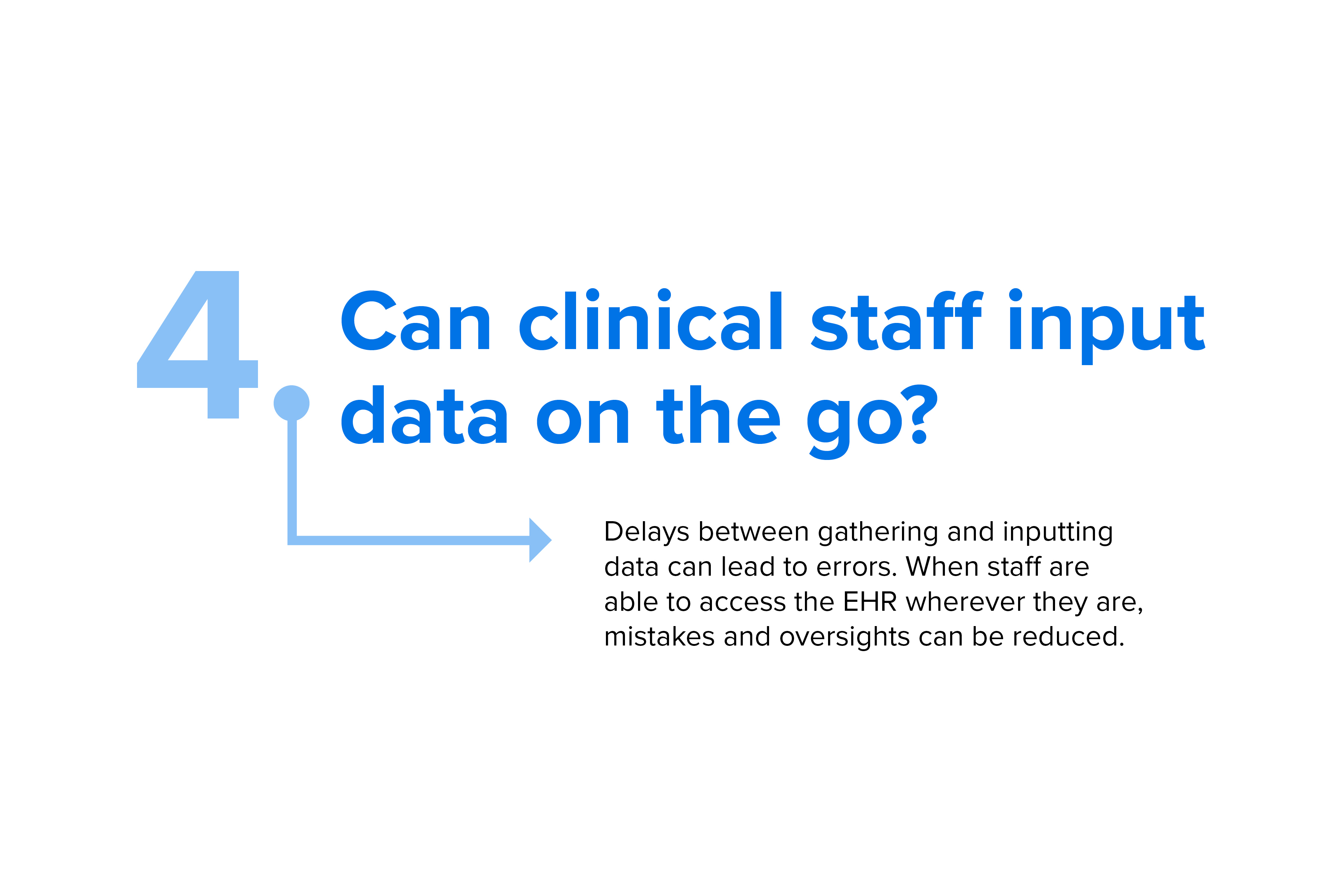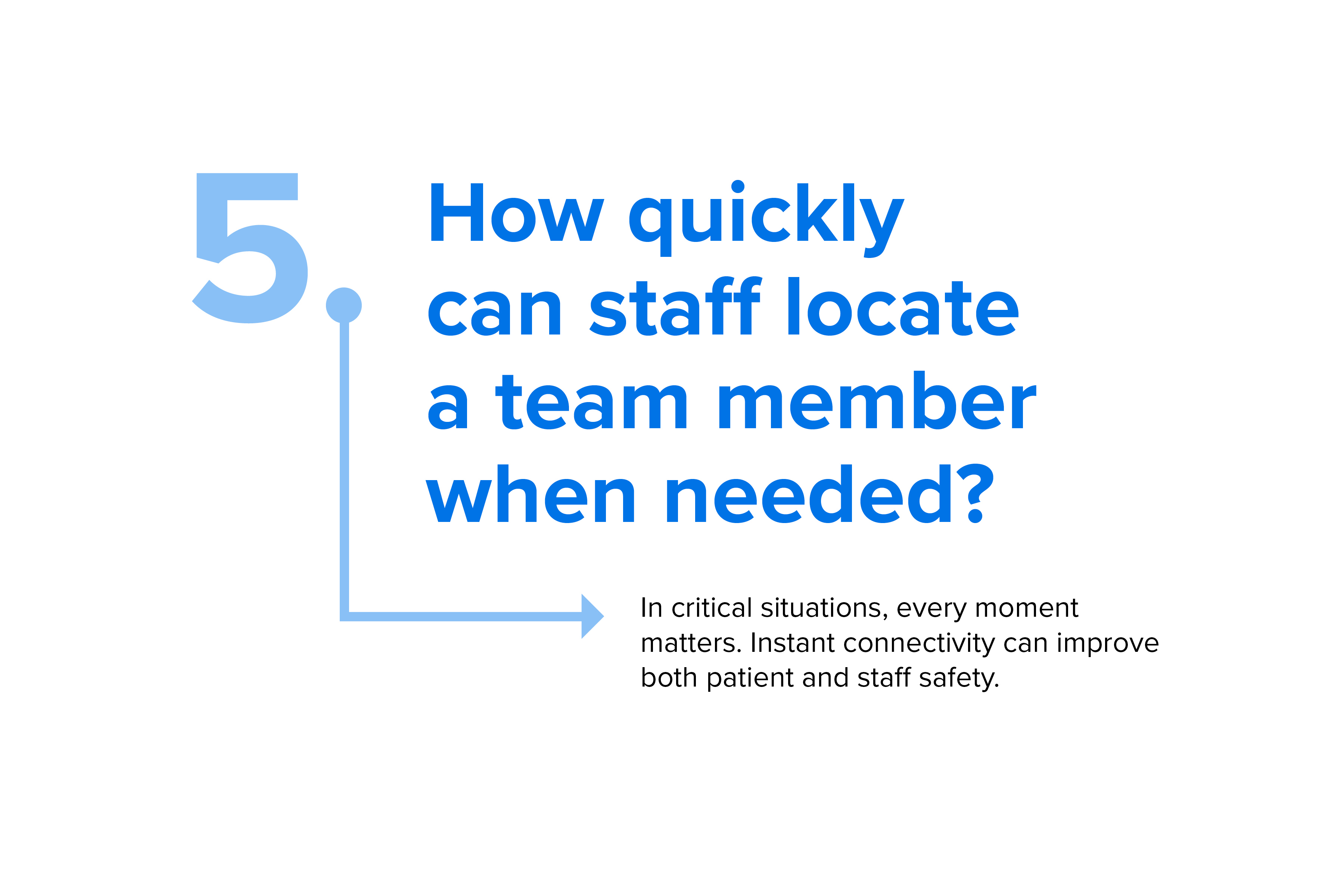Patient Safety
Accessing electronic health records bedside is changing the game for greater accuracy in the delivery of care. In this chapter, take the opportunity to rate where your organization is with bedside point of care processes. Specifically, we will focus on two common workflows: medication administration and specimen collection, and explore how technology solutions help reduce errors that can compromise patient safety.
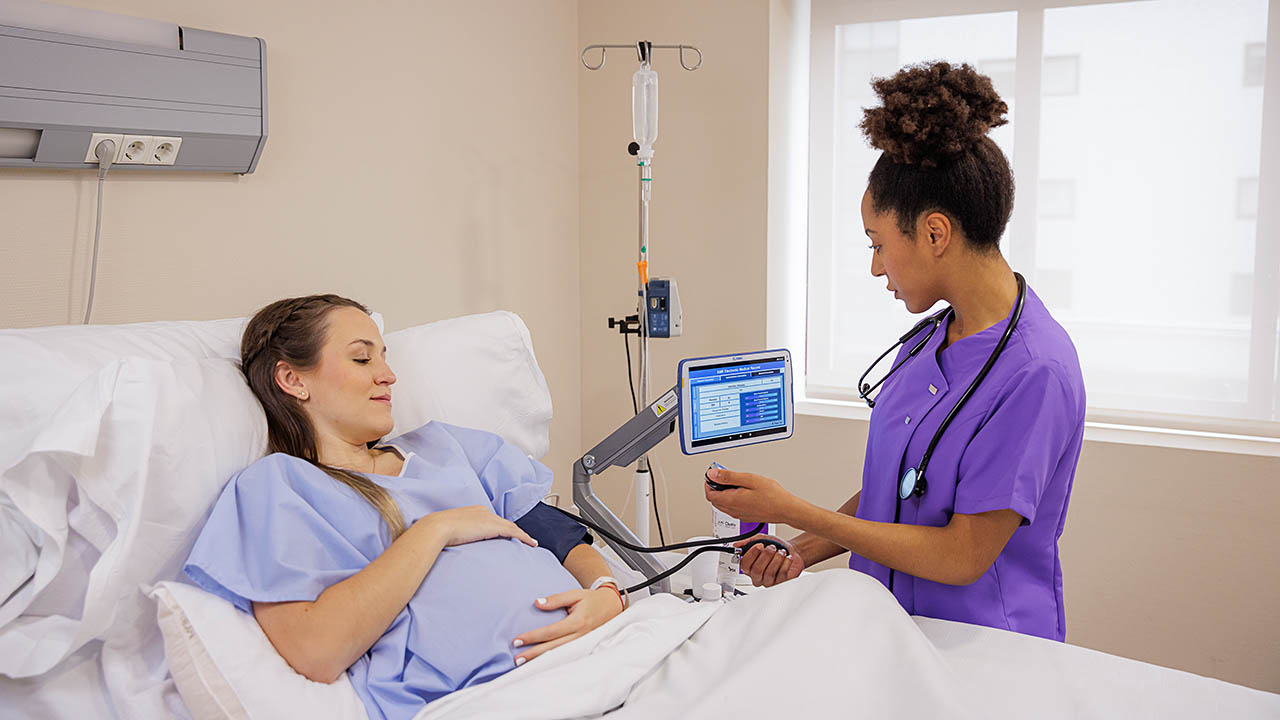
Preventing Medication Administration Errors
Medication errors are a financial burden to health systems and remain one of the leading causes of patient harm. Many of them can be prevented when the 5 Rights of Medication Administration are implemented.
Explore how embracing the 5 Rights of Medication Administration – Right Patient, Right Drug, Right Time, Right Dose, and Right Route – can make a significant difference in accuracy, efficiency, and patient safety. Embracing technology is key to cutting down errors, simplifying workflows, and saving costs.
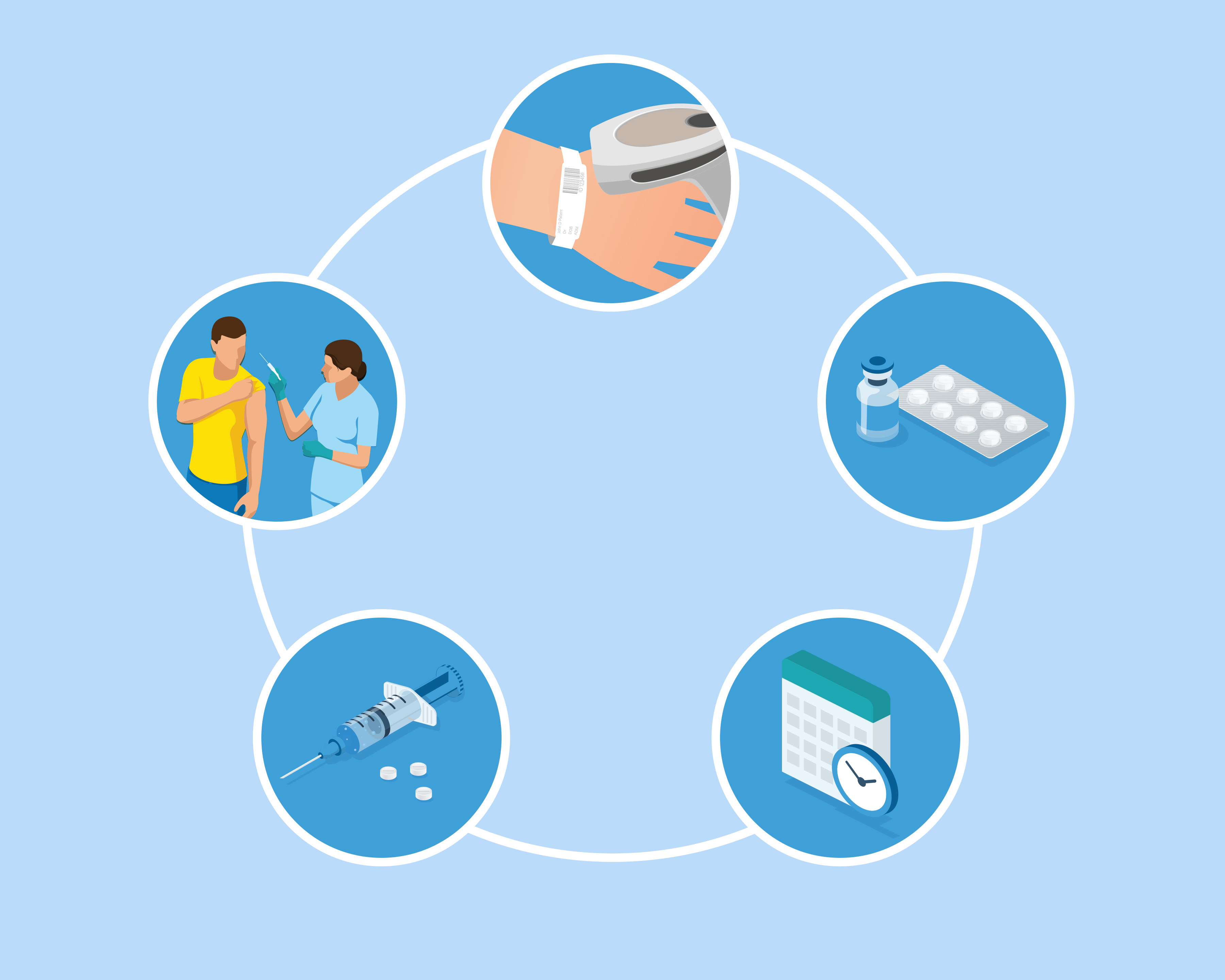
The 5 Rights of Medication Administration
- 1. The Right Patient
- 2. The Right Drug
- 3. The Right Time
- 4. The Right Dose
- 5. The Right Route
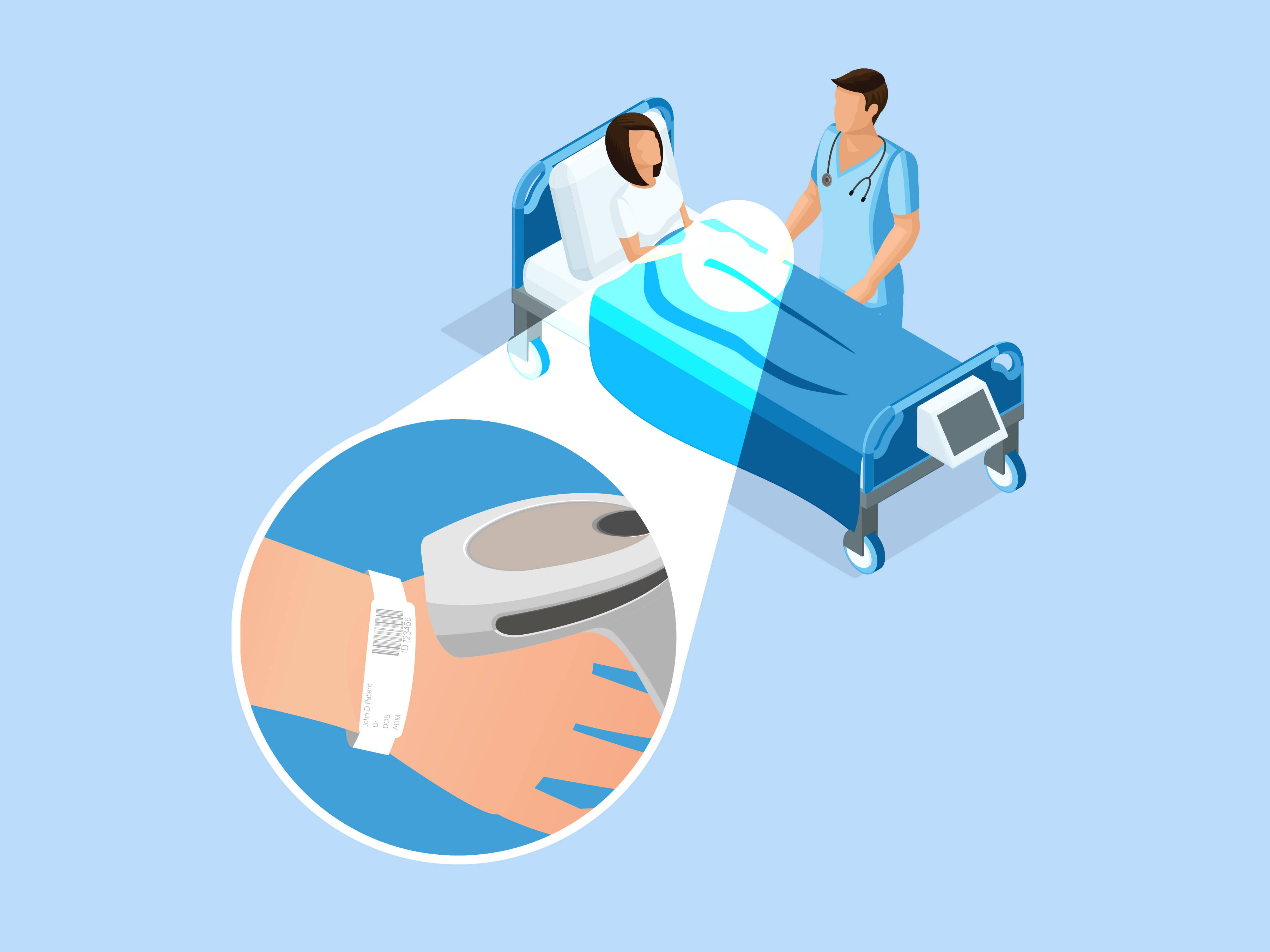
1. The Right Patient
Ensuring the correct patient receives the intended care is the foundation of safety in healthcare.
When It Matters
Patient handoff between shifts, where identification errors can lead to medication mismanagement.
Benefits to Health Systems
Reduces the risk of misidentification-related incidents, preventing unnecessary costs associated with errors.
Benefits to Patients
Patients are safeguarded from being mis-identified and receiving another patient's medication, with potential life-threatening consequences.
Concerns
Through integration with EHR Systems, barcode scanning technology reduces risks of patient name or identifiers being mis-read, and provides error-proof positive patient identification.
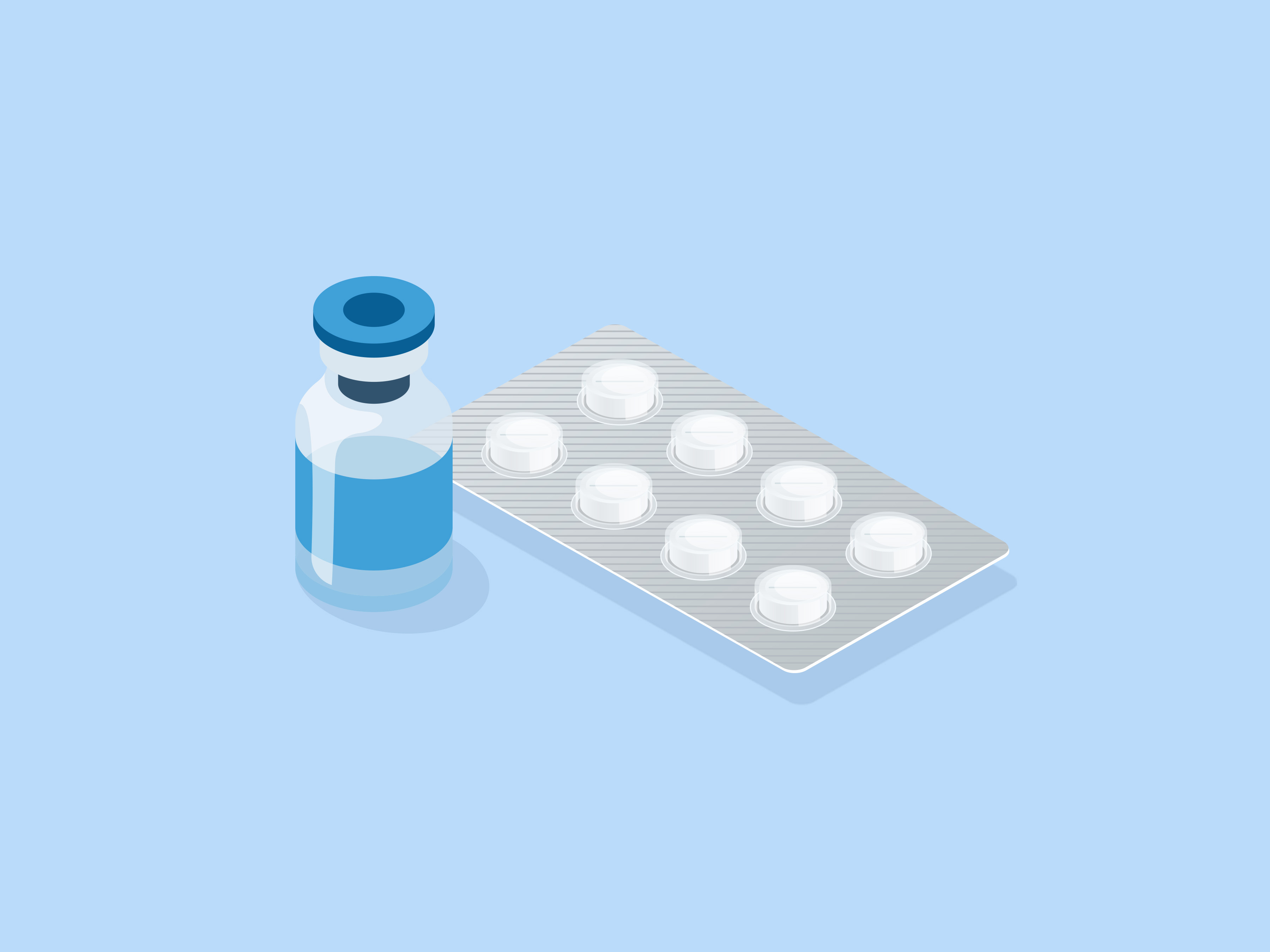
2. The Right Drug
Proper checks ensure the drug given matches the physician’s orders and the patient’s condition.
When It Matters
ICU patients on titratable medications like anticoagulants require frequent drug checks to prevent administration errors.
Benefits to Health Systems
By reducing rule-based errors, hospitals can decrease their liability and enhance their patient safety protocols.
Benefits to Patients
Patients are protected from receiving the wrong medications, which improves their recovery rates and overall safety.
Concerns
Increasing polypharmacy in complex patients makes it essential to utilize advanced EMR and barcode technology, which can reduce the burden of human error and improve clinical decision-making.

3. The Right Time
Medications require specific administration schedules, and a meticulously tracked log to ensure each staff member knows what has been administered and when.
When It Matters
Timed administration of chemotherapy to avoid toxic side effects while maximizing the drug’s therapeutic effect.
Benefits to Health Systems
Prevents complications tied to delayed or mistimed drug administration, improving patient throughput and hospital ratings.
Benefits to Patients
Patients benefit from improved drug effectiveness, faster recovery, and reduced risk of side effects from mistimed dosages.
Concerns
Overworked staff and manual time-logging often lead to errors. Implementing automated EMR reminders or time-stamping features can reduce reliance on memory and mitigate action-based errors, which will continue to be a significant source of mistakes.
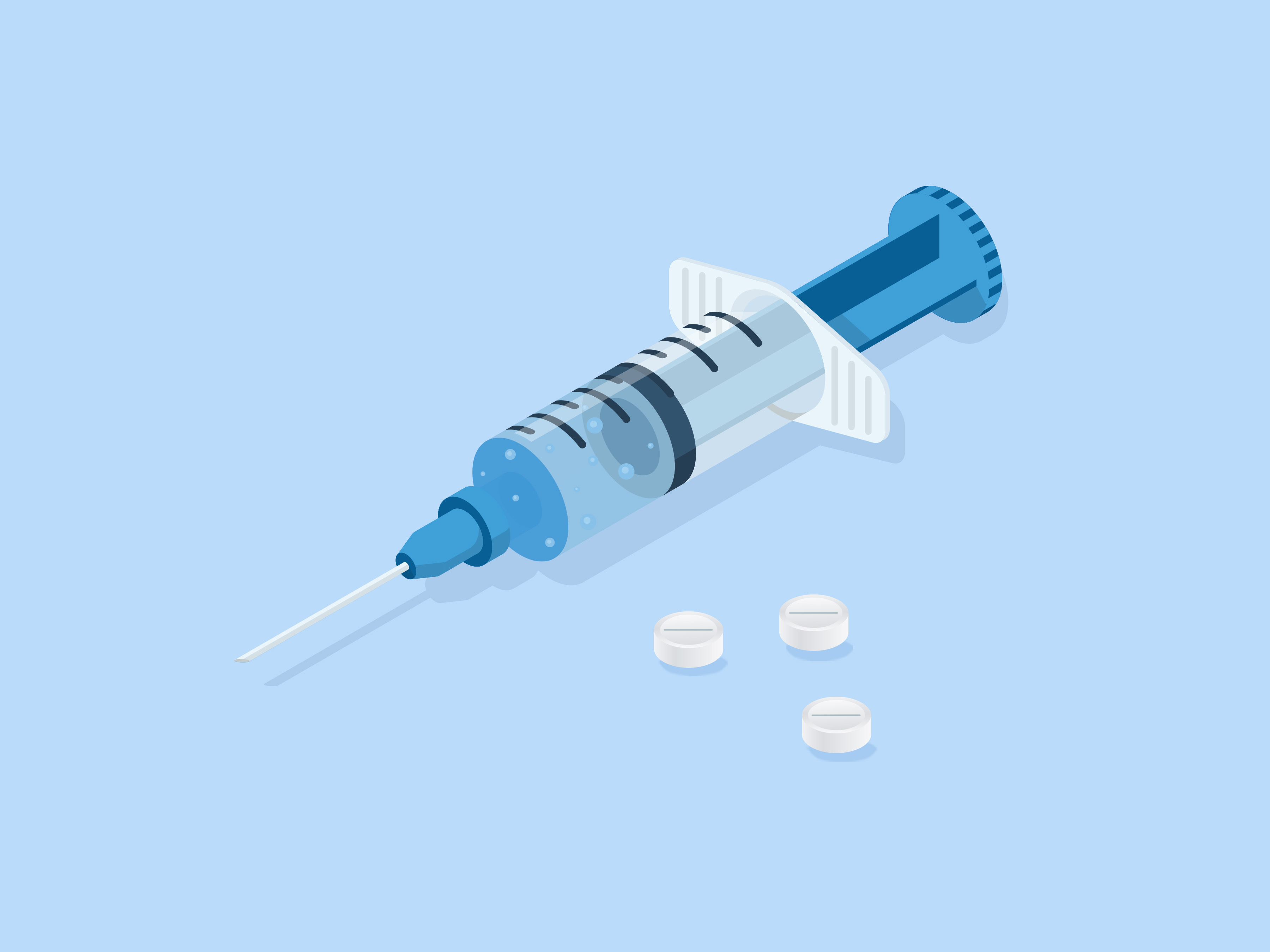
4. The Right Dose
Correct dosing is essential, especially in critical care environments. Incorrect dosing, whether too high or too low, can result in life-threatening outcomes.
When It Matters
Weight-based dosing in pediatric care, where even small deviations from the prescribed dose can lead to toxicity or inadequate treatment.
Benefits to Health Systems
Reduces costly adverse events linked to dosing errors, improves regulatory compliance, and boosts hospital performance metrics.
Benefits to Patients
Patients receive appropriate, individualized care, improving outcomes and reducing the risk of complications from incorrect dosing.
Concerns
Stress, high patient loads, and manual calculations increase the risk of dosing errors. Leveraging automated dosage calculators and barcode technologies can greatly reduce human errors.
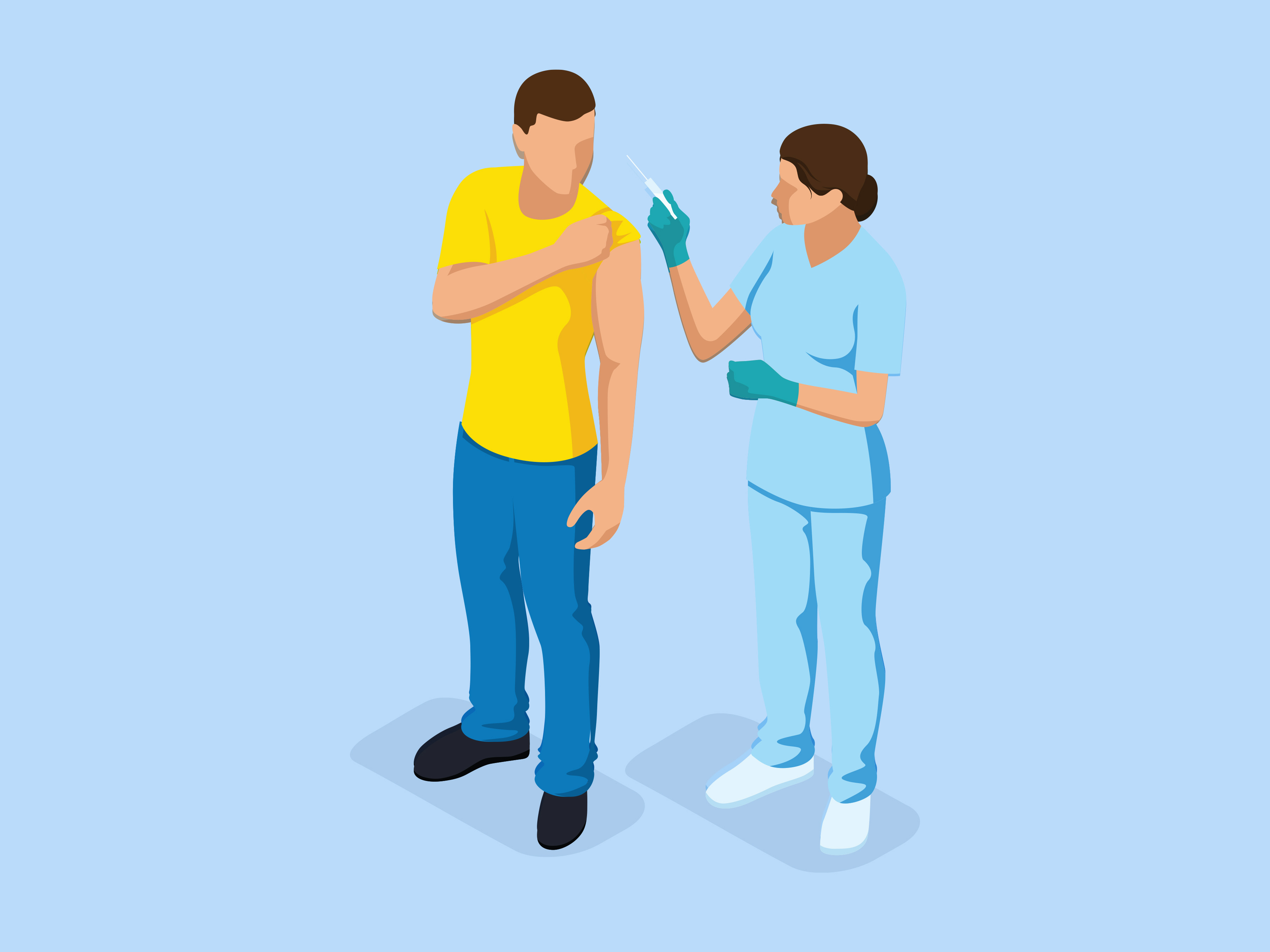
5. The Right Route
Administering medications via the correct route is crucial. Mistakes in route administration can result in ineffective treatments or severe harm to the patient.
When It Matters
Administering intravenous feeding through a central line to avoid infection and ensure nutrient delivery in critically ill patients.
Benefits to Health Systems
Reduces route-based complications, decreases hospital-acquired infections, and lowers overall treatment costs.
Benefits to Patients
Ensures that the medication reaches the intended site of action, improving effectiveness and reducing risks associated with incorrect administration.
Concerns
Fatigue or multitasking can lead to route errors. Using technology like barcode verification of administration routes reduces the incidence of action-based errors, providing an extra layer of safety in busy healthcare environments.
Digital Solutions for Medication Administration
Digitizing the steps that support the 5 Rights leads to greater patient safety, more efficient workflows, and a more cohesive approach for your entire care team. Here are a few of the most commonly used technologies that support better medication administration.
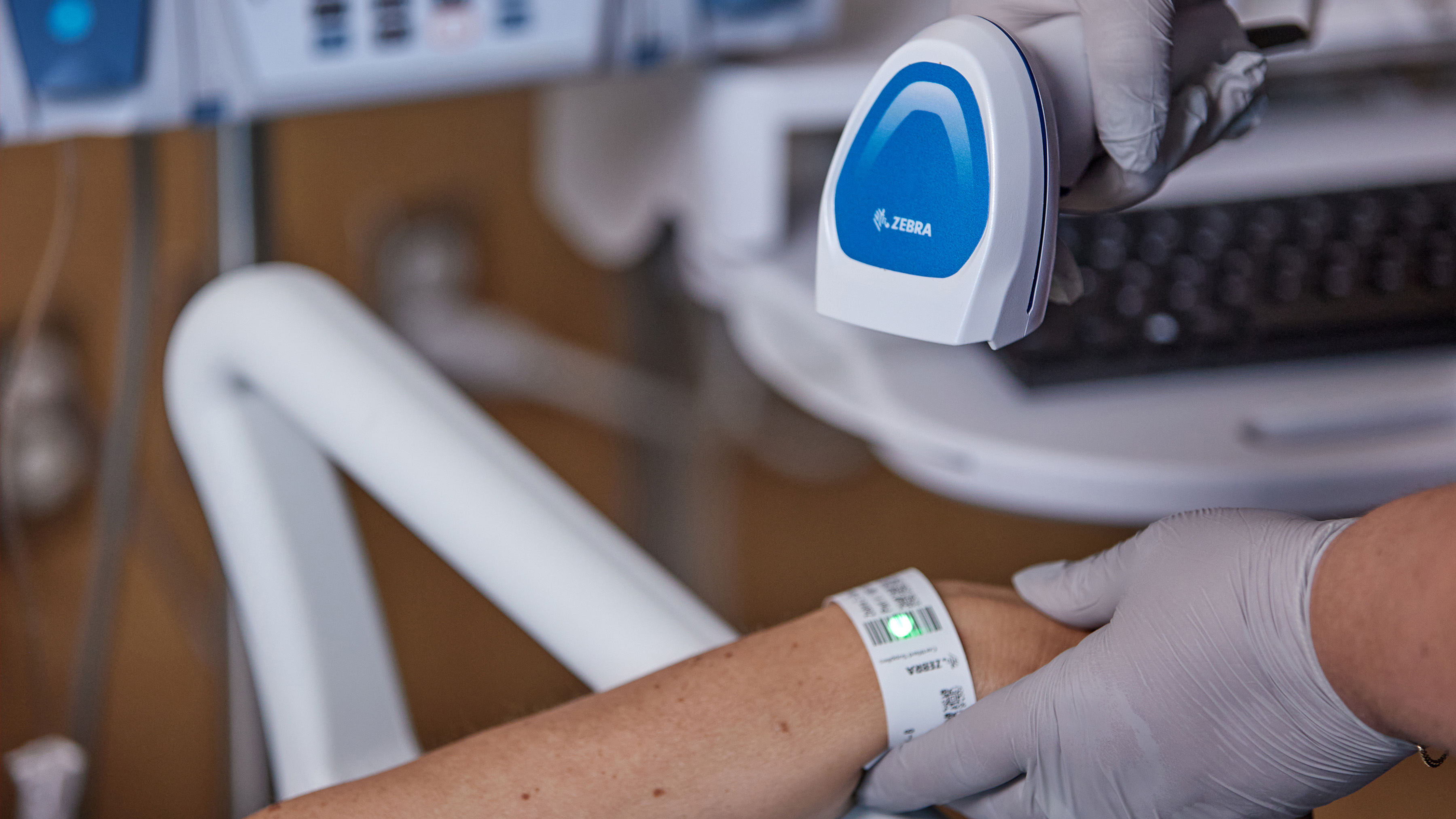
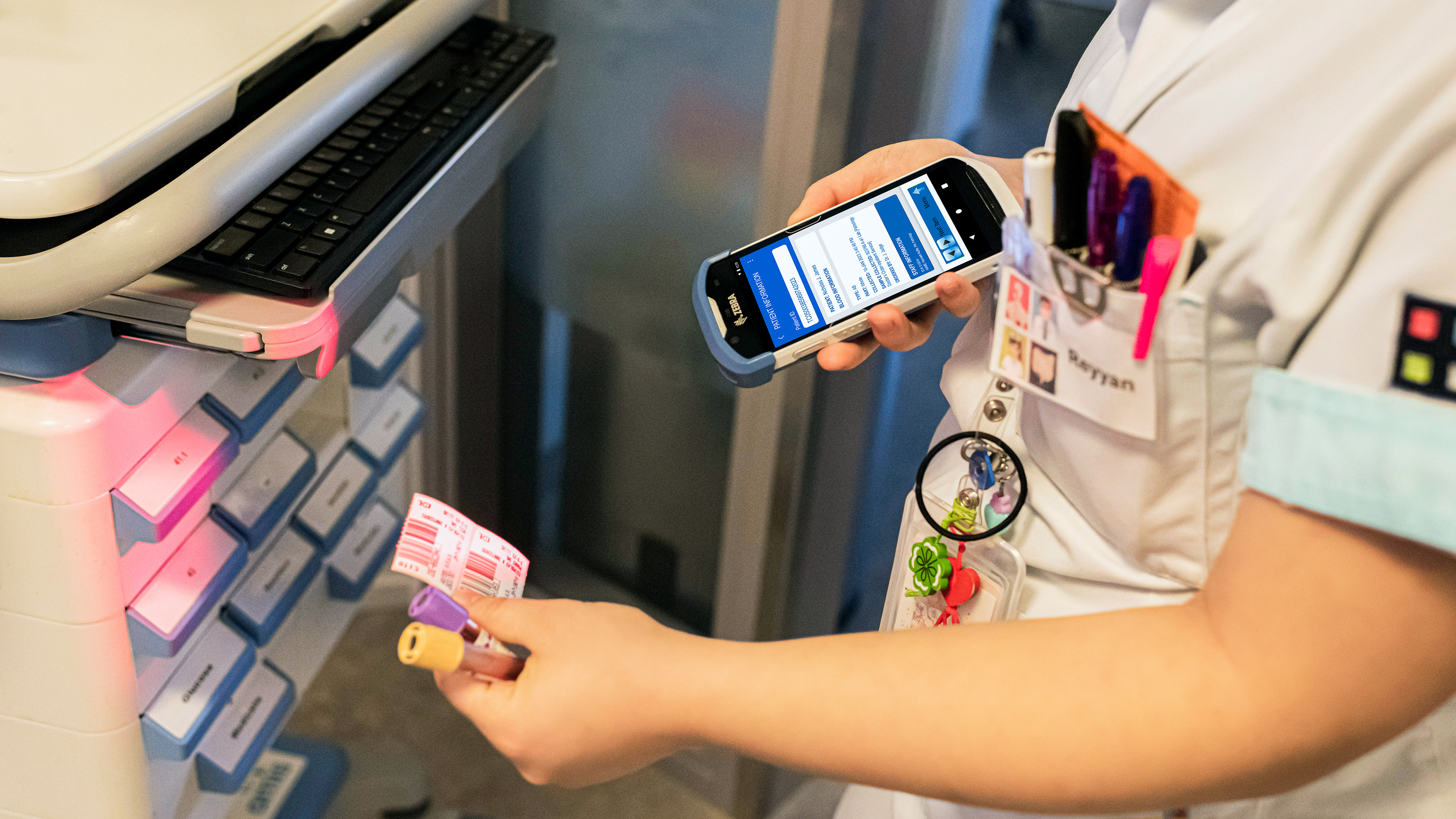
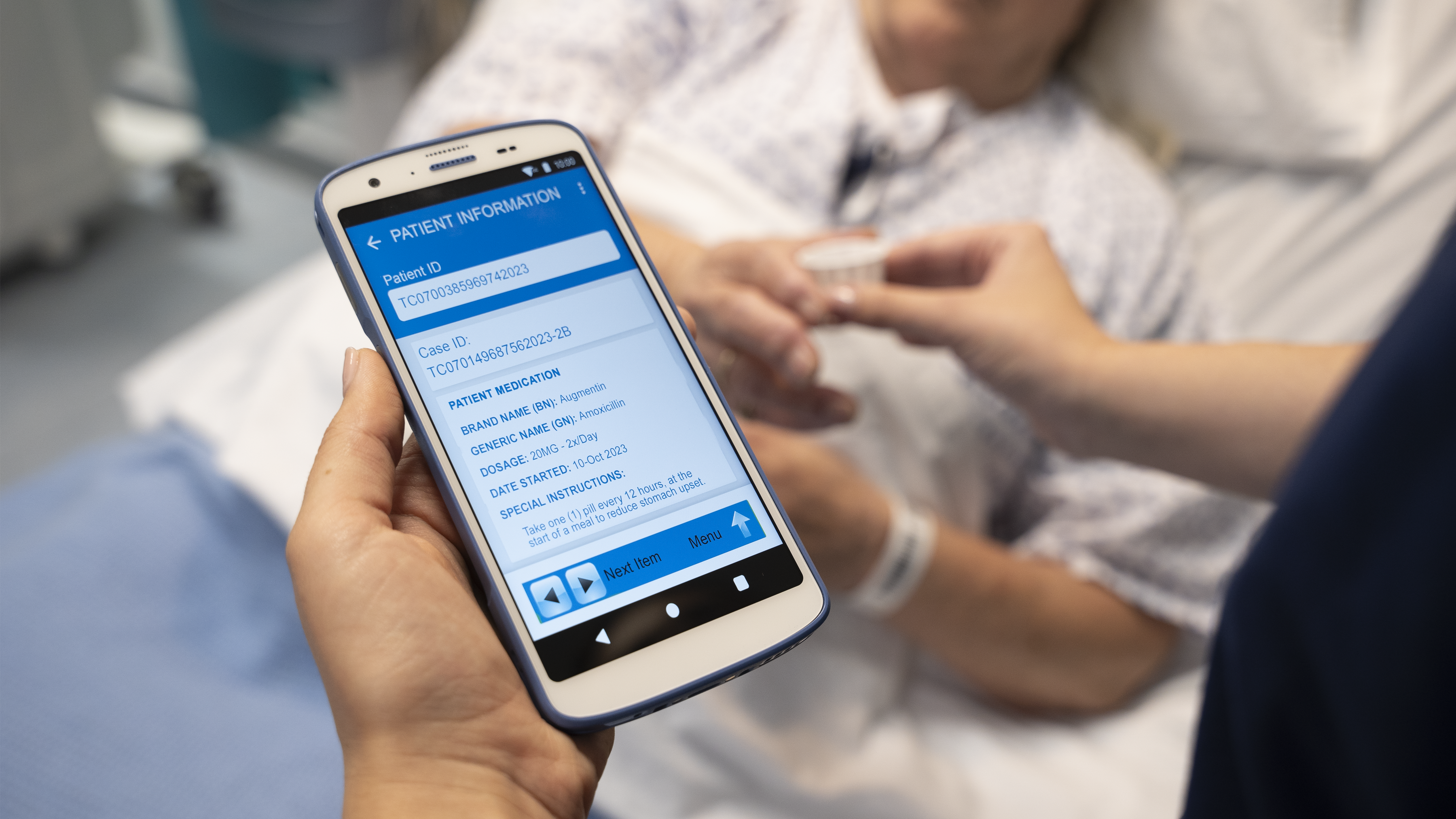
Ensuring Accuracy in the Specimen Collection Identification Processes
It’s no secret that misidentification of specimens is a common medical error that leads to unnecessary redraws, retesting and additional treatments. Specimen collection errors not only put patient safety at risk and increase costs, but are also a preventable drain on your resources.
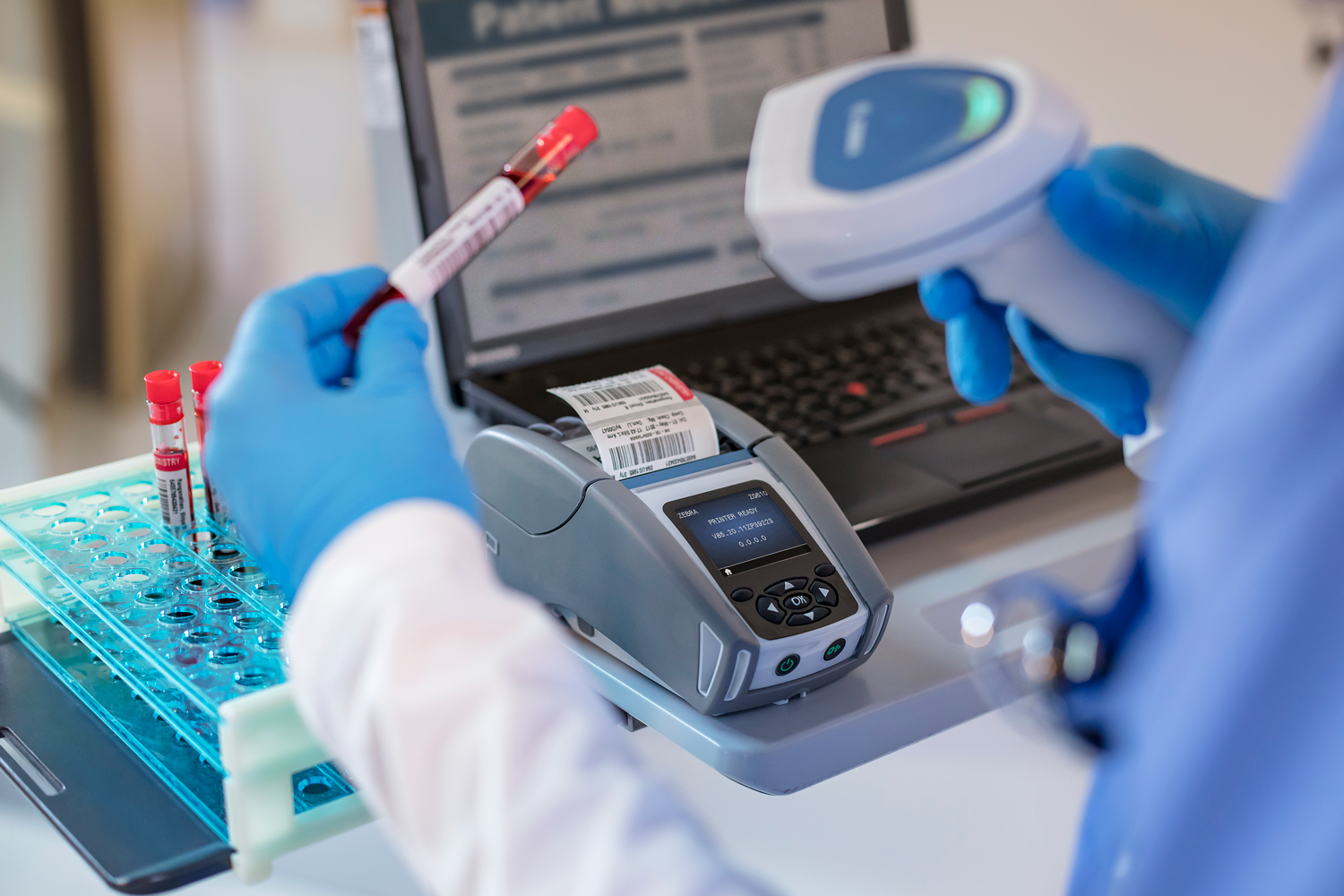
12%
The number attributed to wrong-site surgeries due to mislabeling or incorrect display of test specimens or results.1
56%
The percent of identification errors caused by incorrect specimen labeling.2
37%
The percent of specimen labeling errors during the collection process that account for adverse events.3
The Six Steps in Bedside Specimen Labeling
Closing the Loop on Patient Safety
Explore the steps that go into the average specimen collection and labeling process to see how digitizing can streamline workflows. As you read, ask yourself which of these digitization benefits might best improve patient care and staff workflows in your healthcare system.
- 1. Order Received
- 2. Identification
- 3. Verification
- 4. Confirmation
- 5. Collection
- 6. Labeling
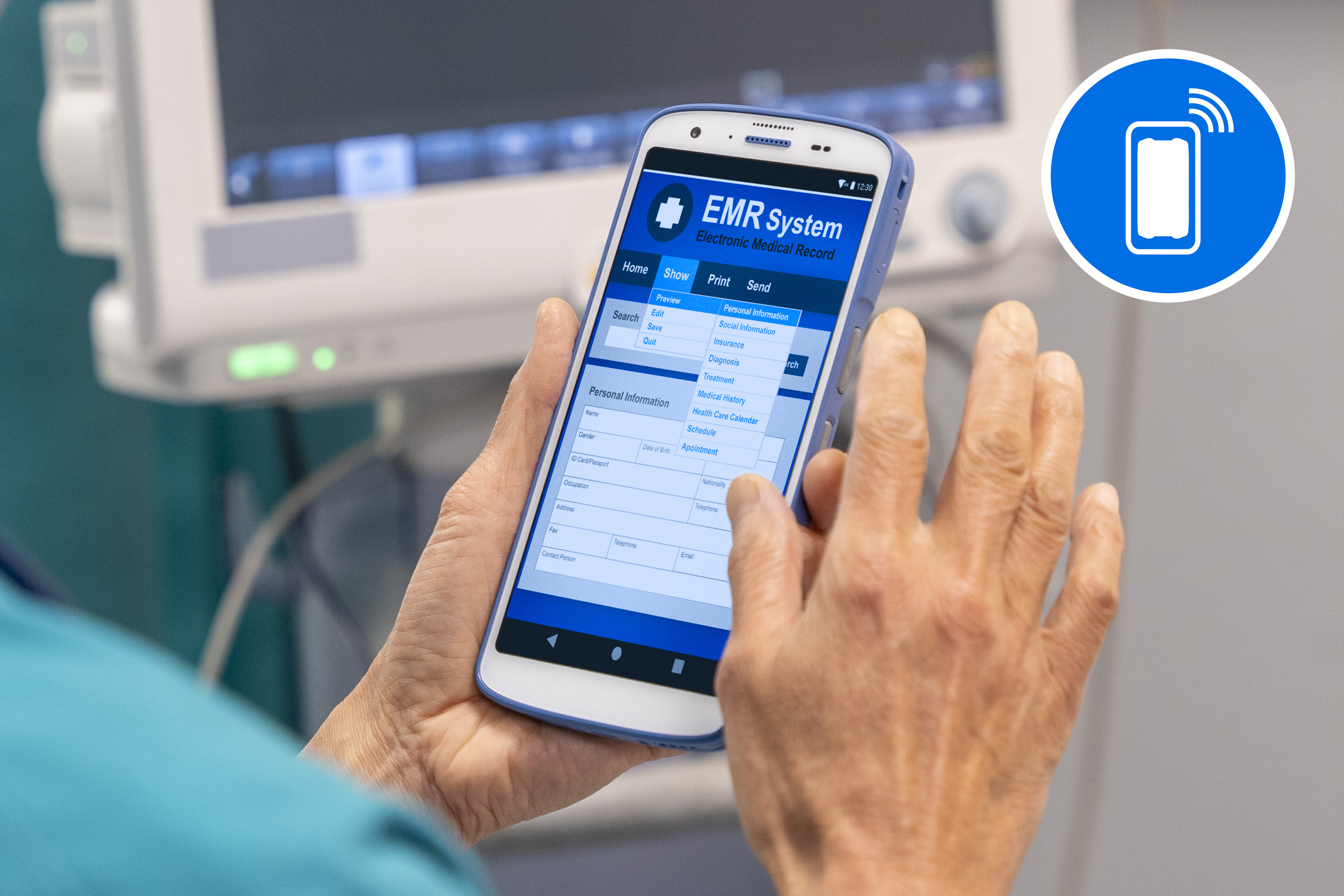
1. Order Received
Draw orders are downloaded to mobile computers and immediately issued directly to the clinicians who collect the specimen sample. They can receive orders from anywhere.
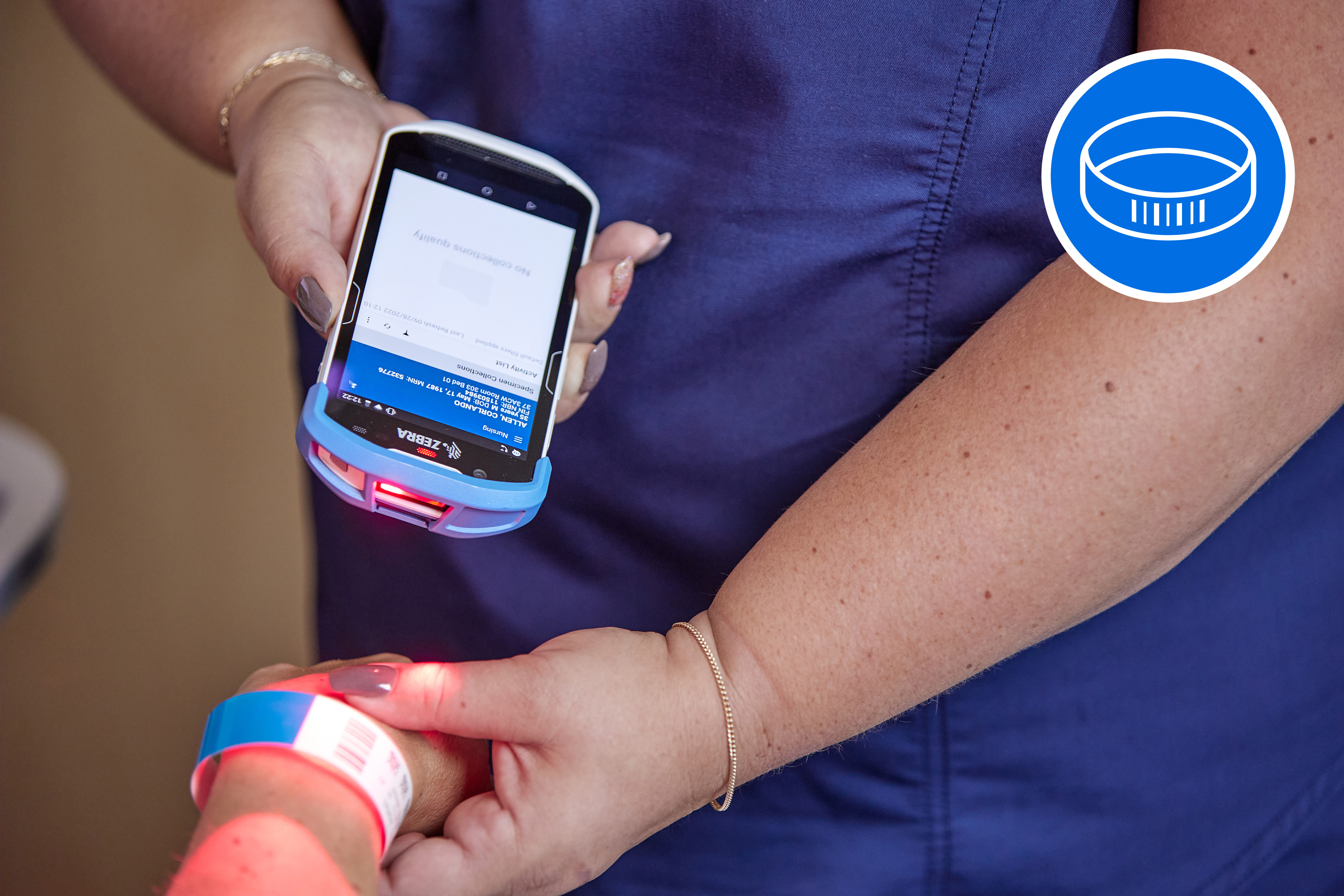
2. Identification
At the bedside, the patient is positively verified via barcode scanning.
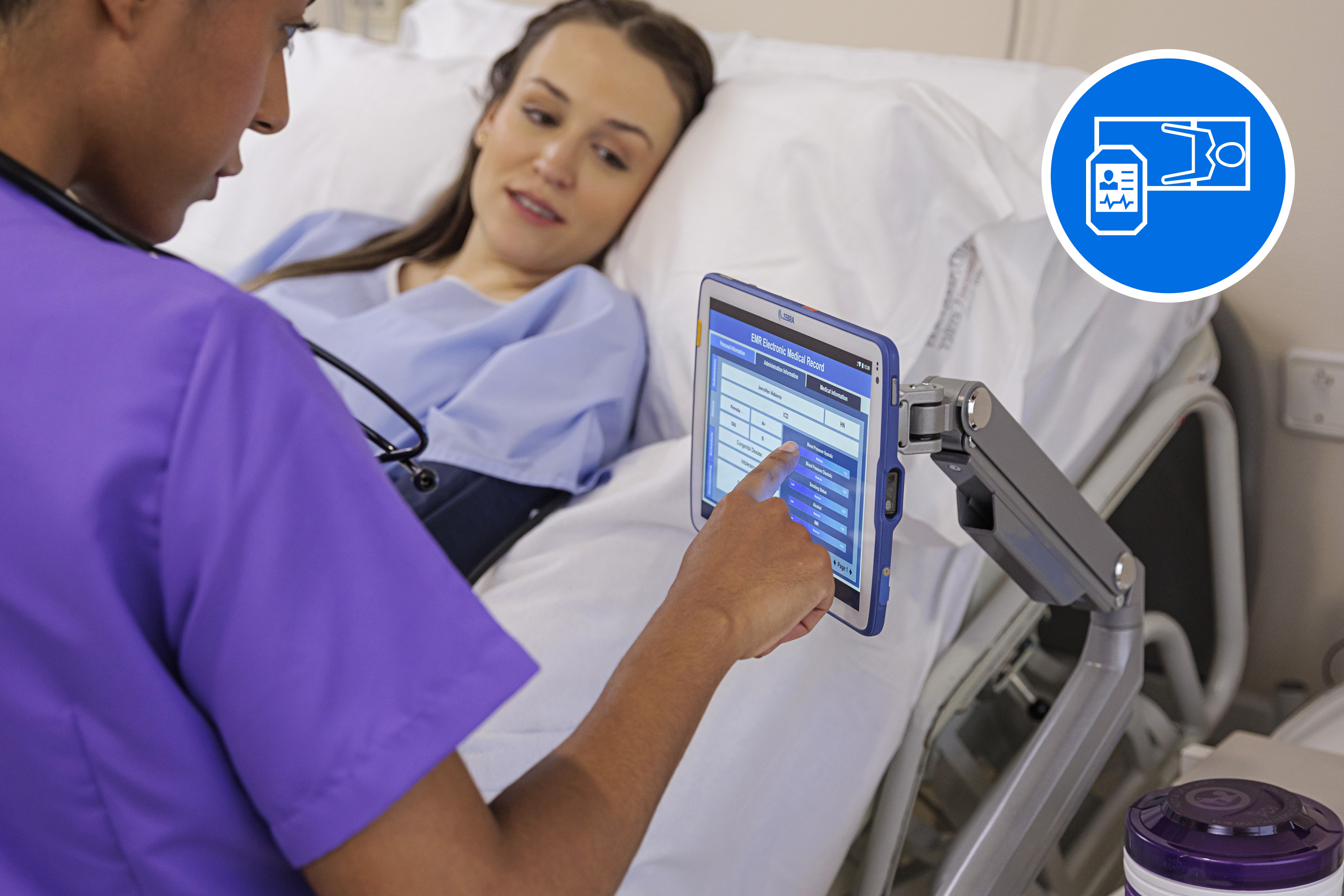
3. Verification
Patient ID is digitally matched to the order to verify that the correct patient is being tested.
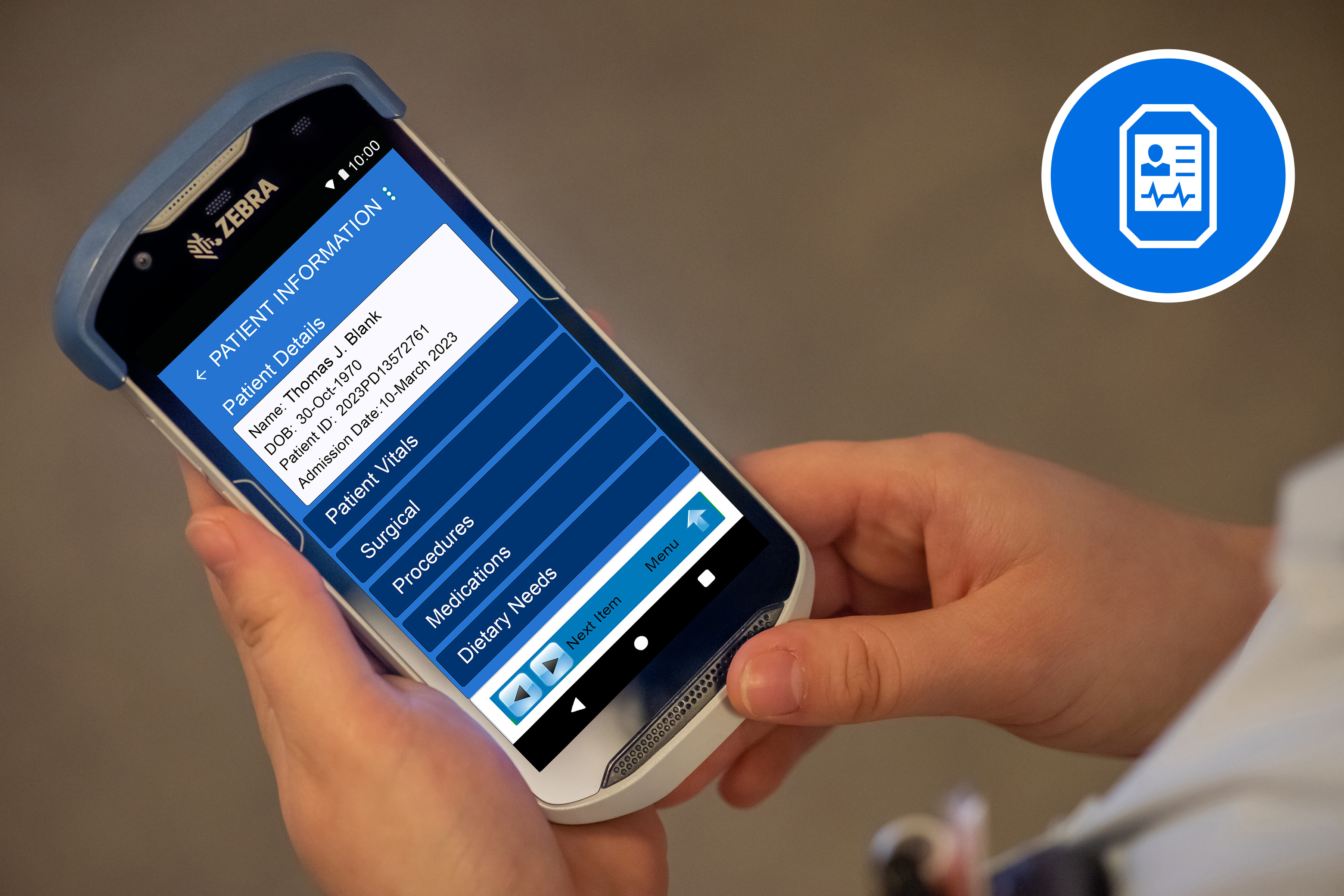
4. Confirmation
Confirmation comes from checking a record stored in the mobile computer, or through a wireless network connection to a central patient record system.
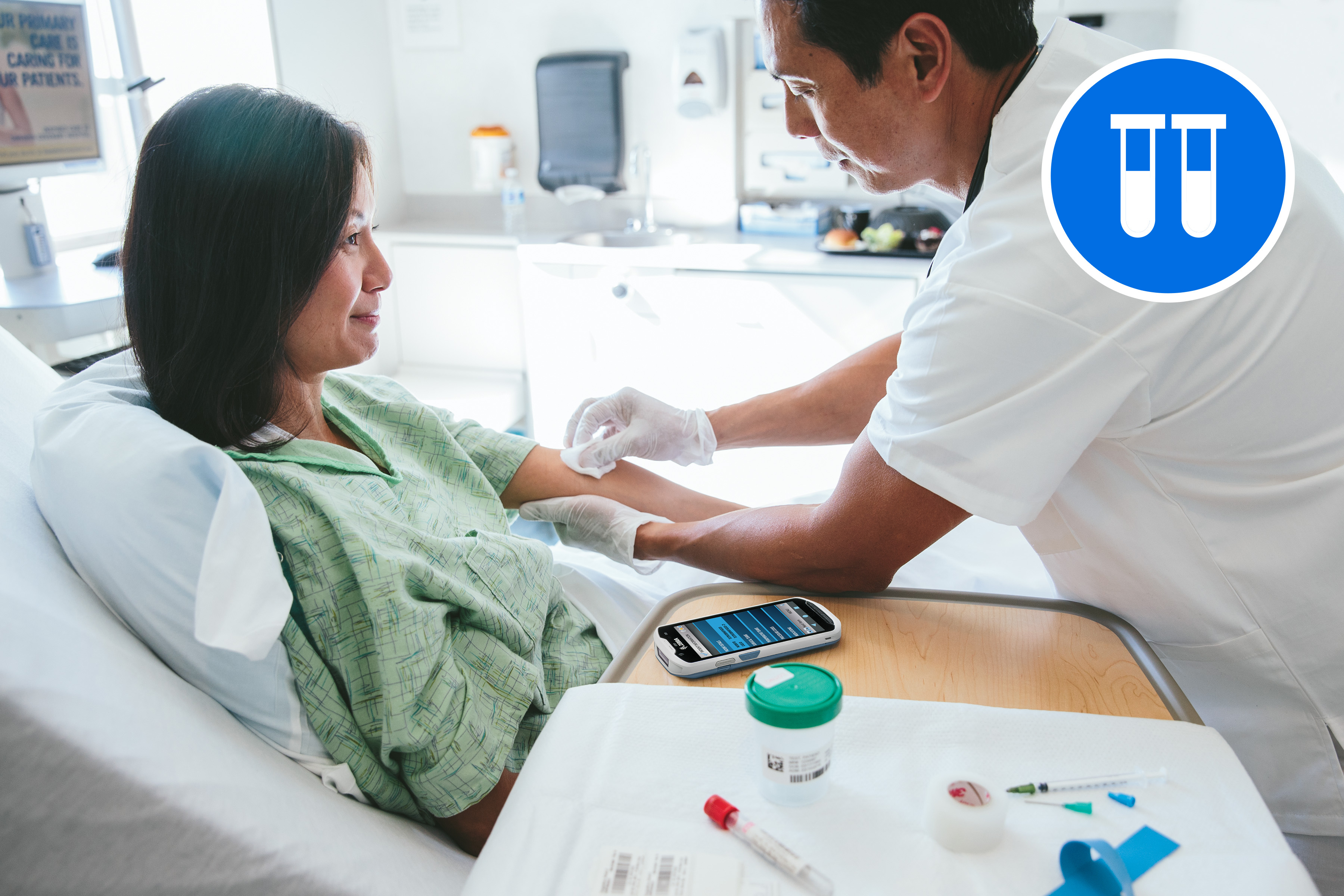
5. Collection
After receiving instant confirmation of the patient ID and sample order, the sample is collected.

6. Labeling
The clinician’s mobile computer automatically directs the printer to produce an ID label, which is tracked and applied to the sample container.
Technology Solutions for Accurate Specimen Collection and Labeling at the Bedside
Reducing errors starts with giving staff a reliable and verifiable workflow. Here are a few of the technologies that support more accurate specimen collections:
- Barcode Scanning
- Supplies
- Mobile Computing integrated with EHR
- Workstation Connect
- Mobile + Desktop Printers
Staff Connectedness
How to evaluate the connectedness of your staff
Finding the right technology for your team is essential to streamlining operations and maximizing the power of your existing workforce, but digitizing a health system isn’t a one-size-fits-all proposition. Each system has unique systems and needs that should be considered as part of your overall digitization strategy.
Ask yourself these simple questions to determine how connected your staff really is, then explore how connectivity impacts some of the most important functions of your healthcare system.
Staff Communications
Having a connected clinical care team isn’t just about talking. A unified communication solution can help teams stay connected with colleagues for support, better manage time, improve collaboration, and even increase safety.
But inadequate devices or incompatible workflows can lead to communications breakdowns. Explore how a unified communication solution can simplify staff communication and reduce errors and fatigue.
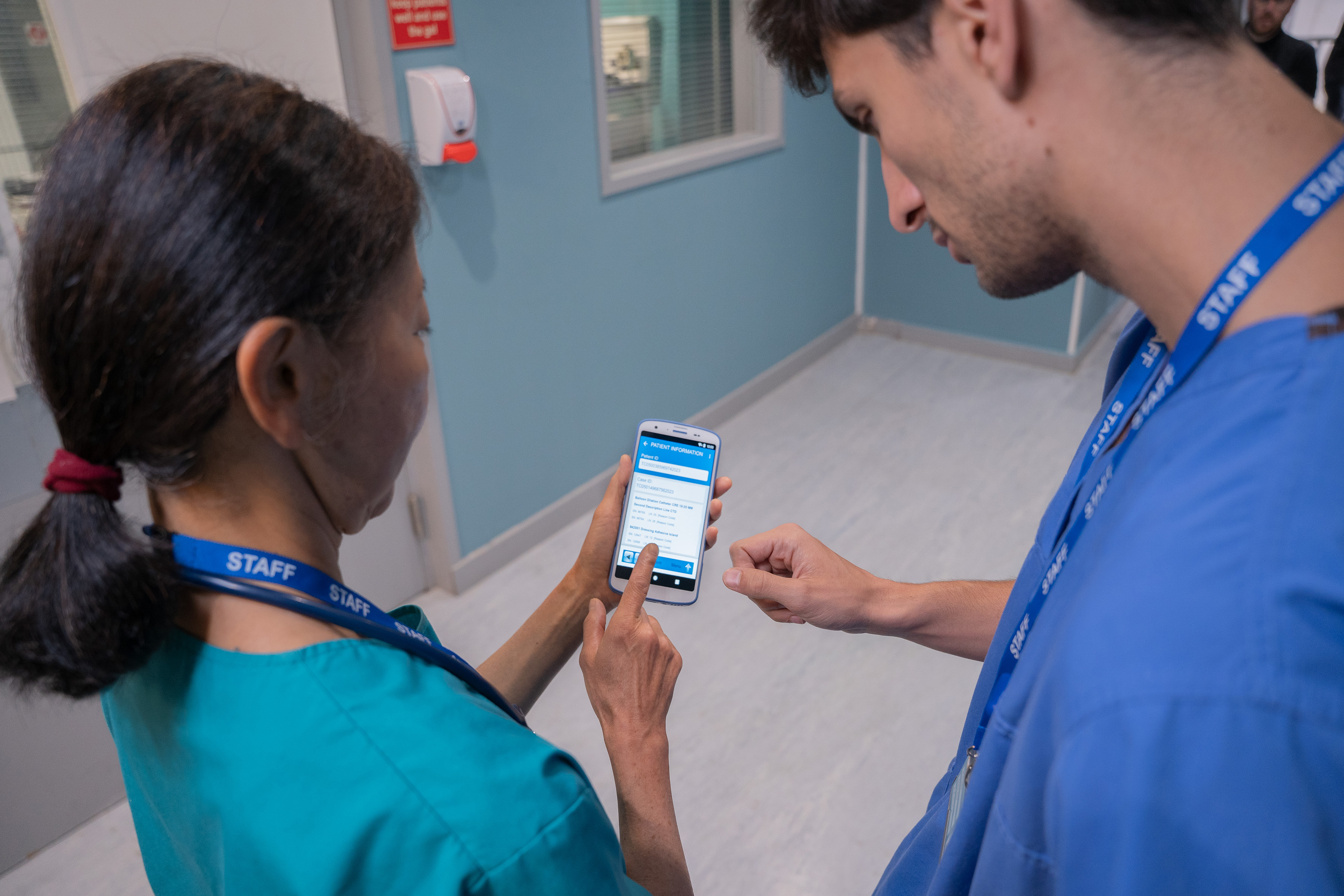
-
Adoption of the EHR
Bring data and mobility to the point of care – update patient records at the point of care, instead of repeating the task later.
-
Greater interoperability
Remove silos of information to connect colleagues with the data and applications they need, securely, when they need it.
-
Improved workflow optimization
Reduce process bottlenecks and unnecessary workarounds. In offering your clinicians the flexibility of mobility and instant access to what they need, when they need it, you give them more power to solve things efficiently.
-
Point-of-care decision support
Easier task management by automatically prioritizing nurse’s routine tasks (taking vitals, administering medication, assessing symptoms).
-
Staff safety
Purpose-built mobile devices offer a dedicated duress button that allows staff to instantly call for help during emergency situations.
-
Greater sense of empowerment
Untether clinicians from desk phones, and clunky computers with a single portable device that can help reduce alarm fatigue by prioritizing alerts and targeting alarms to the right individuals.
-
Can your staff quickly and safely call for help in an emergency?
Purpose-built mobile devices offer a dedicated duress button that allows staff to instantly call for help during emergency situations.
-
Do alerts tell security or other first responders where to go in an emergency?
In emergency situations, staff can't always describe locations precisely. Programmable duress button on the handheld device can include listening and camera modes, allowing staff to call for help without calling attention to themselves.
-
Are you collecting data on emergency alerts?
Data from emergencies can help administrators identify patterns and take proactive steps to improve safety in their facilities.
Inventory Workflows
Your materials management process isn’t just about supplies: it impacts every part of your health system.
From tracking the location of items to ensuring the right supplies are ready when they're needed and even managing product recalls, a tracking solution combining barcode and RFID technologies gives you comprehensive coverage of your inventory. While each offers its own value and benefits, bringing the two together gives you total coverage of your most essential items.

14 minutes per shift
Time spent by staff searching for items (before RFID tracking solution).
< 4 minutes per shift
Time spent by search after implementing RFID tracking solution.
87,500 hours per year
Total time savings per year across 2,500 staff.
Where (and How) to Use RFID and Barcodes in Healthcare
Explore how technology is supporting materials management workflows throughout health systems. Which of these areas is your health system excelling at, and which areas present opportunities for improvement?
Central and Clinical Storerooms
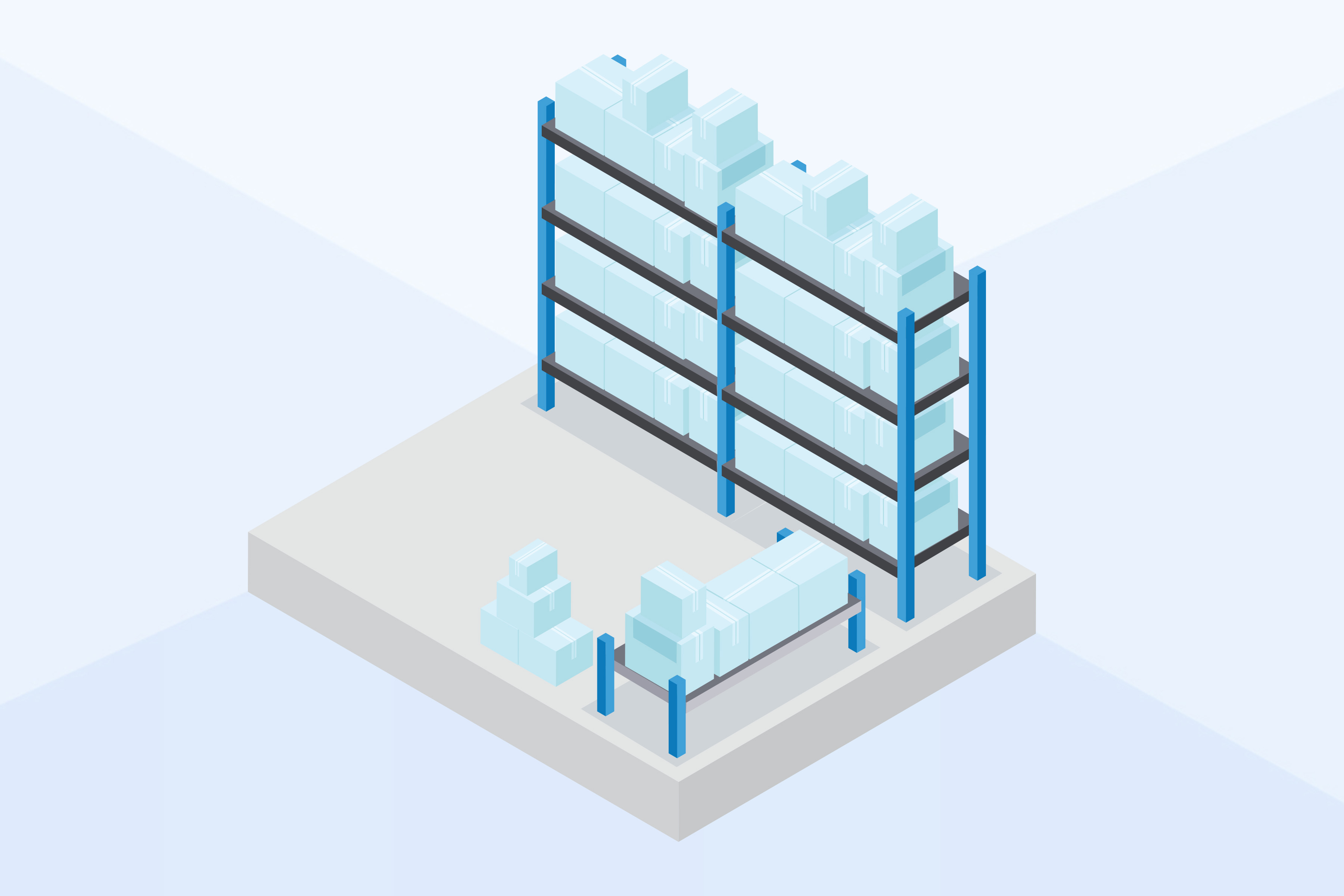
Patient and Post-Op Recovery Rooms
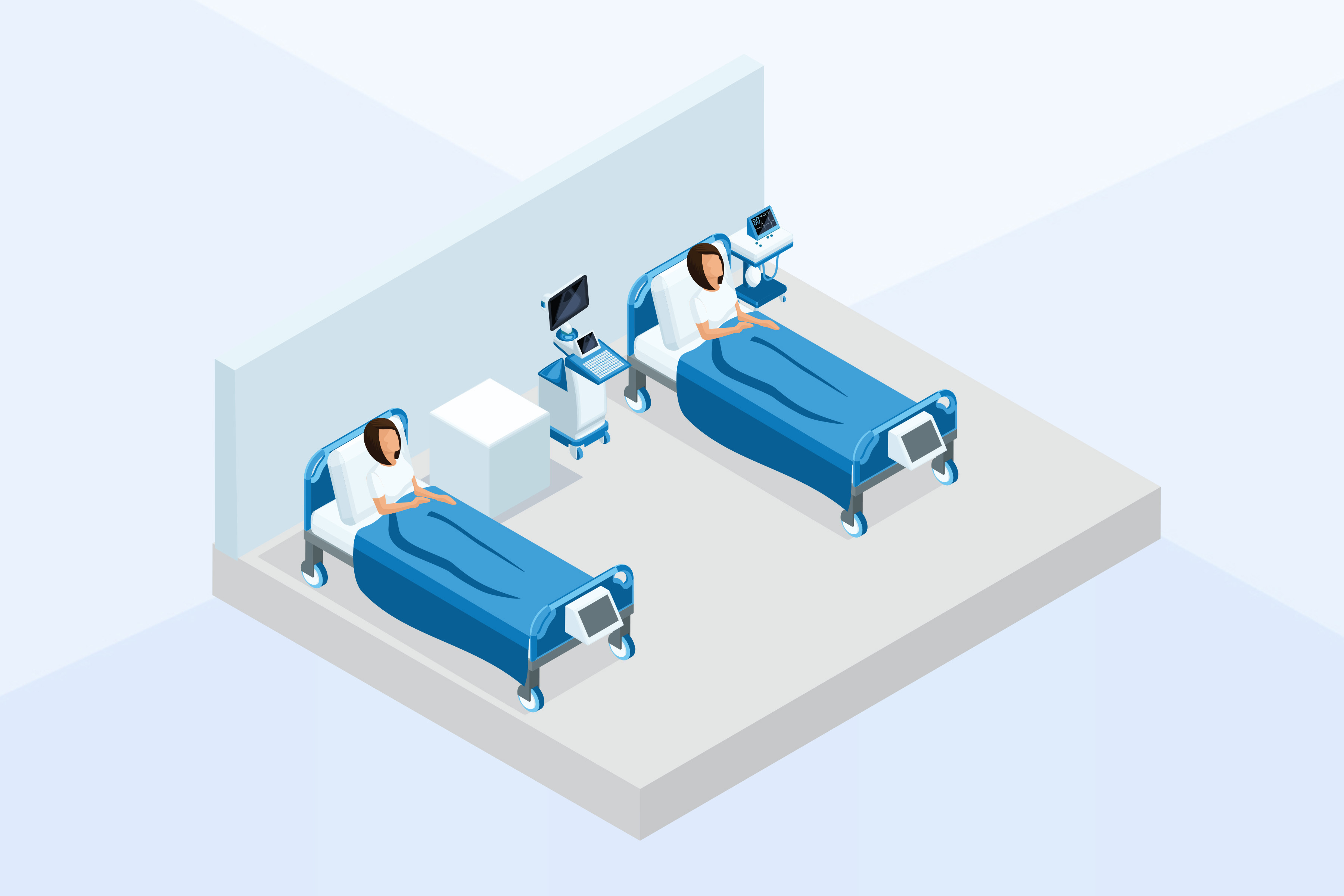
Surgical Theaters and Operating Rooms
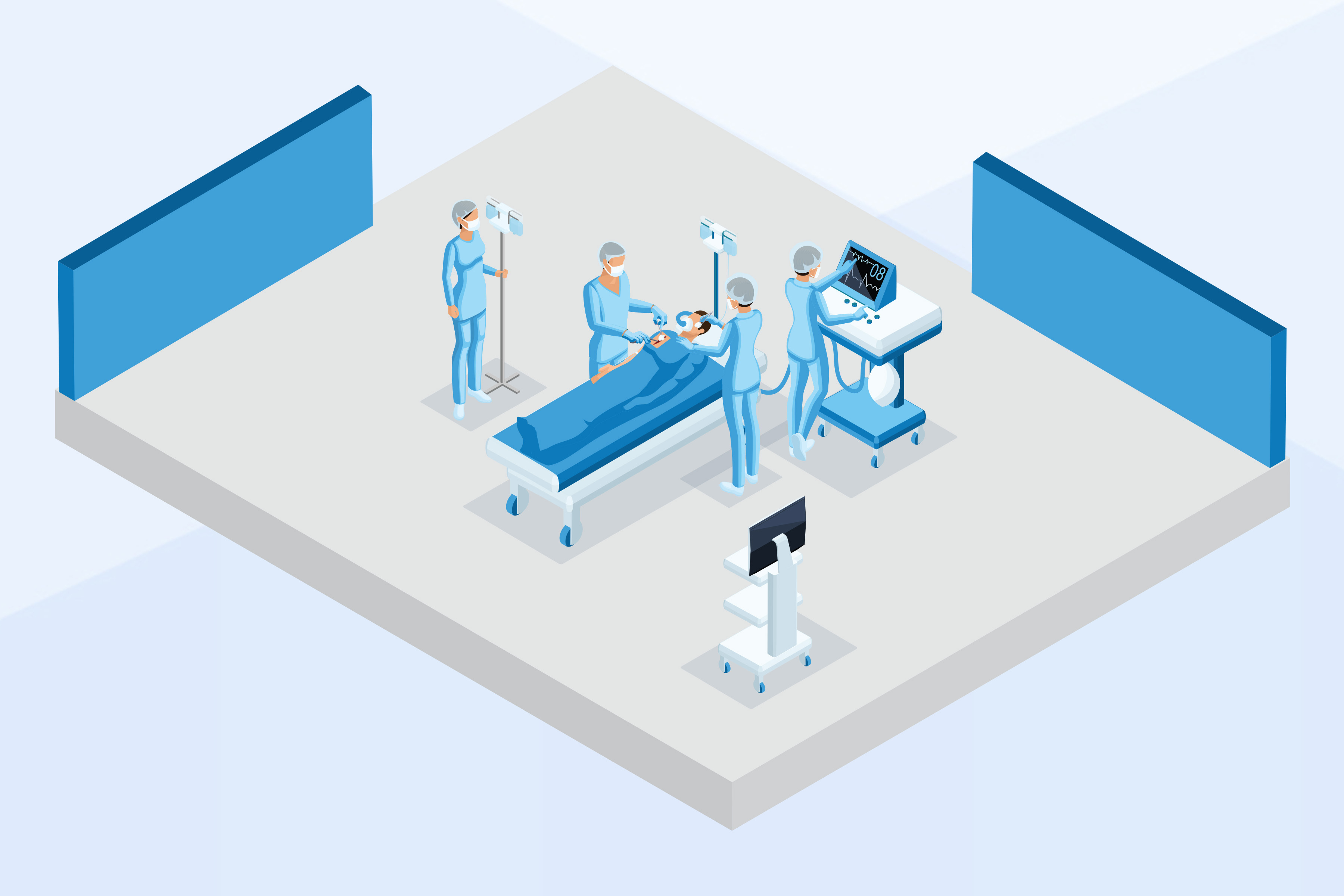
Digital Inventory Management by the Numbers
“Even the smallest time savings can be lifesaving in acute-care hospitals. It may be 30 seconds, it may be a couple minutes (spent searching), but that’s lost time for the patient. We have to be thinking about maximizing every second.”
- Chief Medical Officer at a U.S. hospital
80%
Of non-clinical executives say the combined use of barcodes and RFID to track and manage inventory would significantly help to prevent and reduce medical errors.5
74%
Say canceling procedures to do inventory issues is a significant problem in their hospital.5
75%
Report challenges with recovering everything in a product recall.5
3 Reasons Why Manual Workflows Don’t Work
Manual methods may have gotten you this far, but as the number of items needed to safely treat patients increases, manual workflows simply can’t keep up.
Consider these three examples from one major health system that highlight how barcodes and RFID helped them overcome the overwhelming complexity of modern materials management.
Enjoying this eBook? Get more useful insights like this delivered right to your inbox every month.
Sign-up for our healthcare newsletter.
- Richard J. Croteau, M.D., Wrong Site Surgery: The Evidence Base. New York State Patient Safety Conference, 2007
- Paul N. Valenstein, Stephen S. Raab, Molly K. Walsh (2006) Identification Errors Involving Clinical Laboratories: A College of American Pathologists Q-Probes Study of Patient and Specimen Identification Errors at 120 Institutions. Archives of Pathology & Laboratory Medicine: Vol. 130, No. 8, pp. 1106-1113.
- Edward J. Dunn, Paul J. Moga (2010) Patient Misidentification in Laboratory Medicine: A Qualitative Analysis of 227 Root Cause Analysis Reports in the Veterans Health Administration. Archives of Pathology & Laboratory Medicine: Vol. 134, No. 2, pp. 244-255.
- https://www.zebra.com/us/en/resource-library/success-stories/hull-university-teaching-hospital-improves-workflows-with-real-time-visibility-of-assets.html#success
- https://www.zebra.com/content/dam/zebra_dam/en/infographic/healthcare-infographic-vision-study-executive-summary-en-us.pdf

